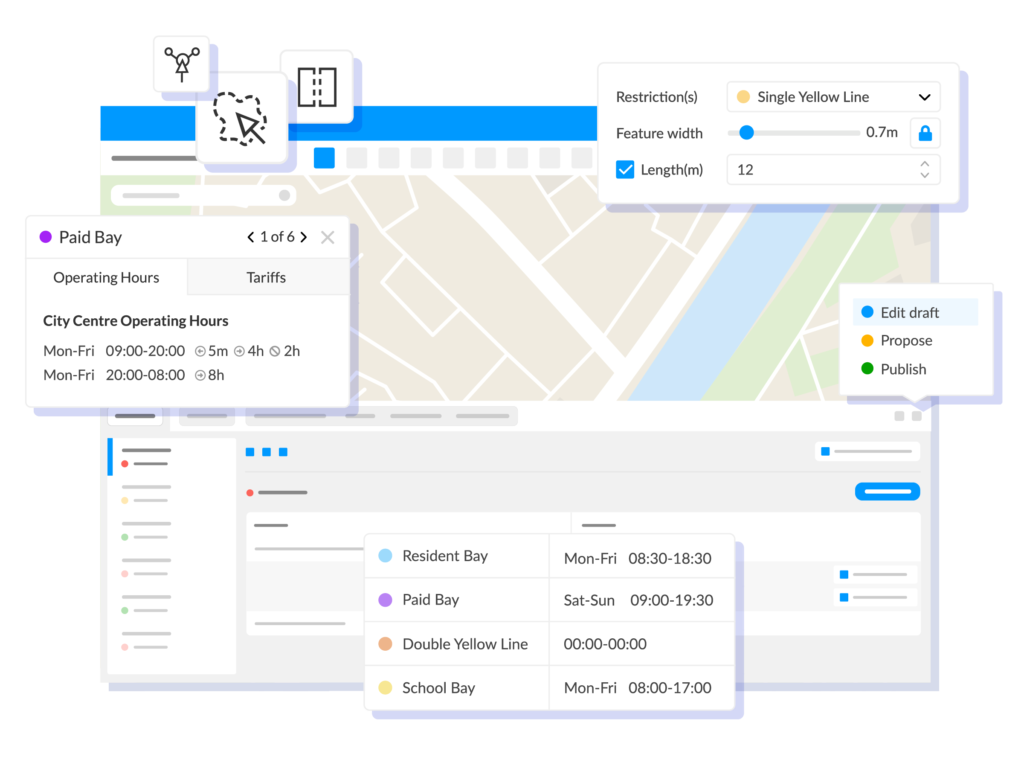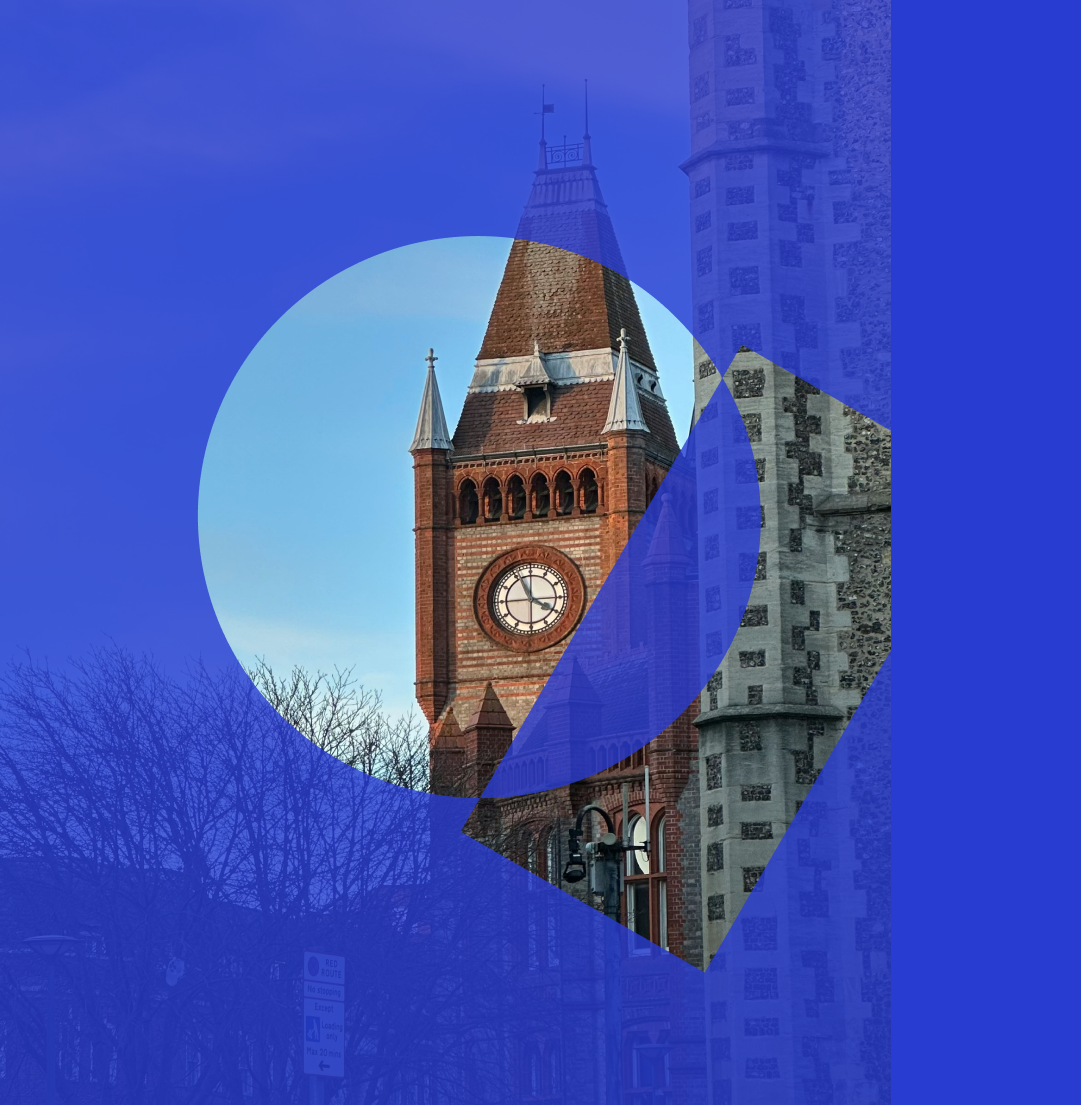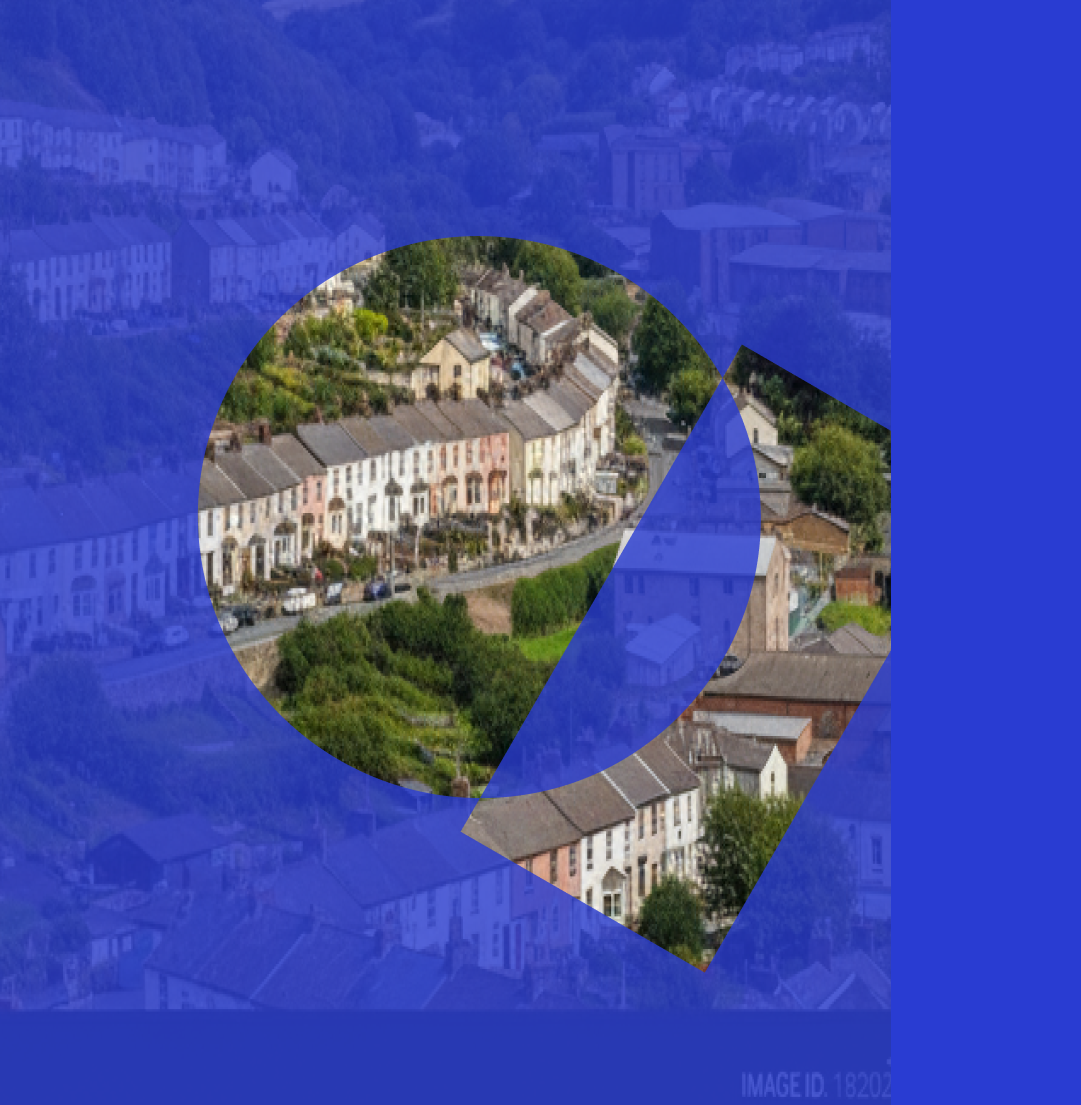Adem Besim, Product Manager, AppyWay
My experience
I joined AppyWay in 2018 after working for Transport for London for 6 years. TfL is one of the largest local authorities in the UK, with a complex infrastructure and diverse workforce. I worked within the TFL Road Space Management Directorate, focussing on minimising the impact of road works, and major planned events and unplanned interventions (such as large protests, major traffic incidents and emergency utility works) on the TFL network. To mitigate the impact these works and events cause, I worked on a number of products that tackle these challenges and keep the network moving.
This experience led me to AppyWay and their Innovate UK funded traffic order project. The project involved collaborative workshops to shape the product roadmap, identify pinpoints and opportunities, undertaken by Coventry City Council, Cambridgeshire County Council, and Milton Keynes Council. The project resulted in the creation of Mapper, the UK’s first end-to-end map-based traffic order solution, forming the core of AppyWay’s traffic order suite.
Understanding local authority challenges
From my time at TFL I knew local authorities faced challenges when looking to move to new solutions. Authorities operate within a sector that is driven by service output rather than revenue, and one that is often dogged by legacy systems and processes. Service driven and with the public to answer to, local authorities tend to be much more risk averse, with governance and red tape sometimes preventing them from making system or process changes at pace.
This is why digital transformation and adopting a solution like the AppyWay traffic order suite is not just about moving a public sector team to a new piece of software, from something analog to something digital, it’s about transforming their ways of working and dramatically improving outcomes for the local authority. With the IUK project we were tasked with improving experiences for traffic order teams and their internal partners within the wider highways team.
Improving outcomes
As mentioned in my colleague Stu James’ UX/UI blog, to dramatically improve experiences, the traffic order process pain points were mapped out and the problems clearly defined at the beginning of the Parking Platform project. What stood out was that the incumbent solution was clunky and cumbersome, and slowed down an authorities ability to make meaningful traffic order changes. We also found that users were only using about 15-20% of the tools within the solution, this resulted in a crowded and confused user experience. Our focus turned to refining the tools we could build within Mapper and the wider suite to improve traffic order processing times and to help authorities work smarter, not harder, allowing them to reinvest time and effort into frontline services.

Selecting the right tools for Mapper
Speed and efficiency
Tools such as the drawing tools and restriction bulk editor mean local authorities can derive multiple outputs from the one action. This does away with the duplication of effort that most traffic order teams experience. A streamlined, publish at the click of a button public consultation portal – the Engagement competent of the AppyWay suite – drives greater efficiencies, and more open and honest consultation with the public. It will help do away with the need for vast amounts of paper to be printed and distributed to collect the public’s feedback. This way of consulting and engaging will become increasingly important in a post-covid world as the public becomes more confident using online facilities, relying less on printed forms of communication.
Collaboration
Collaboration continues to be a challenge for authorities, who often work within siloed teams. Traffic orders however, have implications for everyone within the Highways department.
From maintenance through to enforcement, multiple teams need access to the latest traffic order data. With Streets, the final tool within the suite, complex traffic order data can be displayed in a simple map-based view for internal collaborators to pick up, understand and apply. Efficiencies can then stretch beyond the core traffic order team and enhance the overall experience for all local authority partners, such as police and enforcement.
I’m proud to have worked with local authorities to build such a solution, one that helps them overcome their most pressing challenges.
”Stripping back, streamlining, and focussing on the right tools has resulted in vastly improved traffic order outcomes and service output. Authorities are no longer held back by sluggish systems, delivering efficiencies at every step of the traffic order process, and creating better cross-departmental collaboration.
We have a number of customers actively using the suite and experiencing for themselves that there’s a better way to manage traffic orders. You can read about one such experience, Dorset Council, in detail here.
For more information about our traffic order suite click here. Or click here to speak to one of the team.





